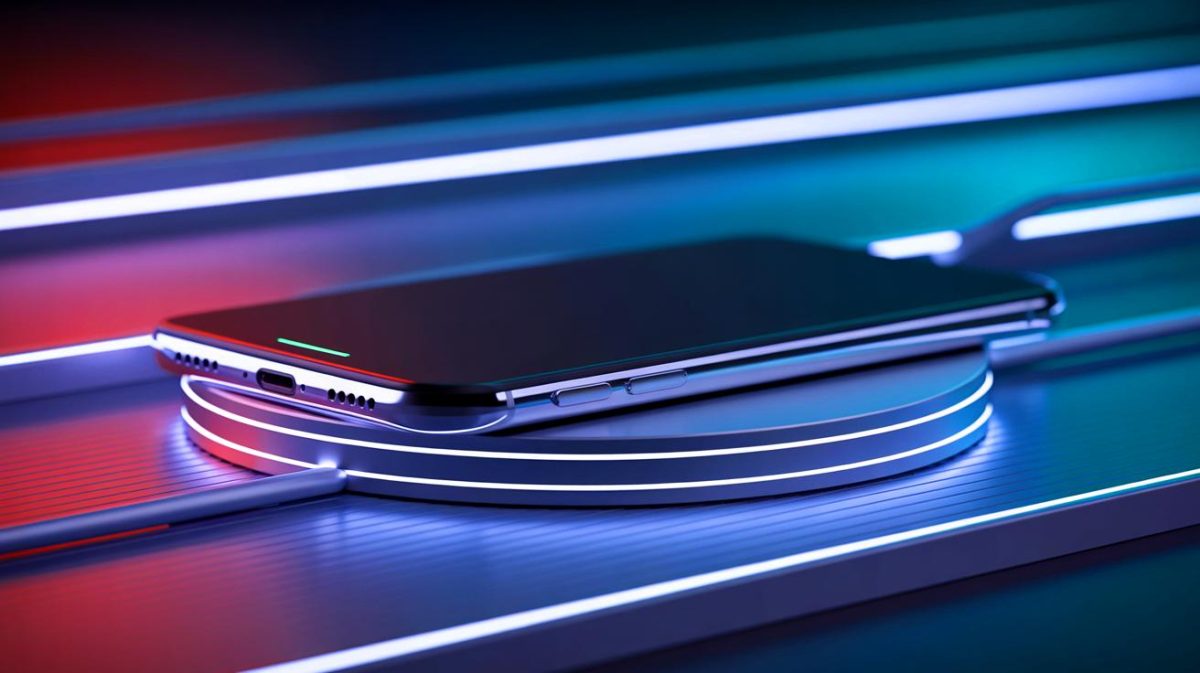| IN A NUTSHELL |
|
Apple’s upcoming release of the iPhone 17 Air is set to redefine the landscape of smartphone design. This new model promises to be one of the thinnest devices on the market, marking a significant departure from traditional smartphone architecture. By potentially eliminating ports like USB-C, Apple is pushing the boundaries of what a smartphone can be, embracing a vision of a fully wireless future. This shift aligns with the company’s broader strategy of innovation and minimalism. As the tech giant moves forward with these bold changes, the iPhone 17 Air represents not just a new product but a paradigm shift in how we interact with technology.
The iPhone 17 Air: A New Era of Portless Design
The iPhone 17 Air is set to be a landmark in Apple’s pursuit of design excellence. With its aim to become the slimmest iPhone yet, the device is expected to forgo several traditional features. This includes the elimination of the SIM card slot, a secondary speaker, and possibly a reduction in battery size. The most striking change, however, is the anticipated absence of the USB-C port. This decision signifies Apple’s commitment to a wireless future.
Much like the MacBook Air, which prioritized thinness and portability, the iPhone 17 Air seeks to set a new standard in smartphone design. Positioned as a mid-tier model, it aims to find a balance between affordability and premium features with its 6.6-inch display. By potentially replacing the Pro Max with an “Ultra” variant, Apple could be expanding its lineup to offer consumers more choices.
This shift in design philosophy, though potentially controversial, is likely to attract consumers who value aesthetics and portability. Will the radical design choices of the iPhone 17 Air set a new standard in smartphone innovation?
European Regulations: Navigating the USB-C Mandate
Apple’s decision to potentially remove the USB-C port from the iPhone 17 Air must be viewed within the context of European regulations. The European Union has mandated the use of USB-C ports for all mobile devices in an effort to reduce electronic waste and streamline the consumer experience. While Apple complied with this requirement for its iPhone 15 and 16 models, the iPhone 17 Air could mark a departure from this compliance.
The European Commission has suggested that Apple could sidestep the USB-C requirement if the iPhone offers a fully wireless charging experience that is as functional as a device with physical ports. To achieve this, Apple has enhanced its MagSafe technology to work with the Qi2 wireless charging standard, which is widely used by other manufacturers.
This development could allow Apple to introduce a smartphone devoid of any physical ports, opening the door to a new era of design. However, Apple may be cautiously waiting for consumer reactions to the iPhone 17 Air before fully committing to this shift. Will the iPhone 17 Air pave the way for a truly wireless smartphone future?
Choosing the Right Smartphone: Expert Buying Guides
Navigating the crowded smartphone market can be a daunting task for consumers. With a plethora of choices available, ranging from the latest iPhones to Samsung’s Galaxy series, finding the right device can be challenging. To aid consumers in this process, expert buying guides provide comprehensive analyses of the best devices for various needs.
These guides cover numerous categories, including the best smartphones, top iPhones, smartphones with the longest battery life, and those best suited for photography. They offer insights into the strengths and weaknesses of each device, ensuring that consumers make informed decisions that align with their preferences and lifestyles.
By offering detailed evaluations rather than simple lists, these guides serve as valuable resources in the decision-making process. Are you ready to discover the smartphone that best fits your life?
As we move forward, the iPhone 17 Air represents a pivotal moment in smartphone design and innovation. By potentially eliminating physical ports, Apple is not only responding to design trends but is also challenging industry norms. This bold move could redefine user expectations and set a precedent for future smartphone designs. As consumers, how will we adapt to this new, portless reality, and what innovations will follow in its wake?
Did you like it? 4.5/5 (29)







Un iPhone sans ports? Comment ferai-je pour le charger dans ma voiture? 🤔
Est-ce que ce sera enfin la fin des câbles qui s’emmêlent partout ?
J’espère que la batterie tiendra le coup si elle est plus petite.
Apple va-t-il vraiment ignorer les régulations européennes ? Ça promet des débats animés !
Wow, un téléphone encore plus fin! Est-ce que cela signifie qu’il sera aussi plus fragile ?